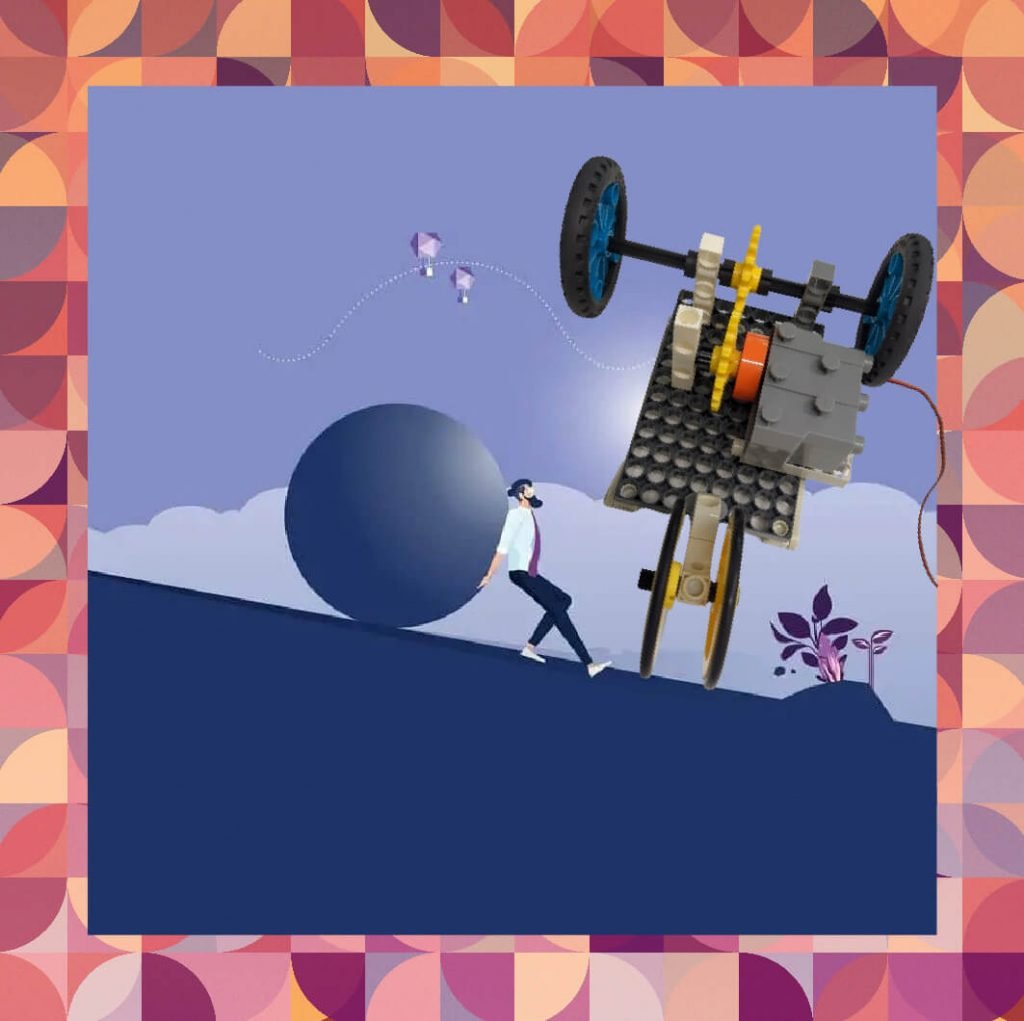Friction is a constant companion from the time we wake up and begin our day. Consider this: we experience friction every time we take a step, say a word, play a game, or even put on our clothes. When driving a car or riding a bicycle, friction develops between the vehicle’s wheels and the surface over which the vehicle goes. A vehicle would be unable to travel or turn if it did not have it. Friction, you see, is a necessary evil. Simultaneously, friction can cause wear and tear on our clothing and equipment, as well as slow us down.
Friction is a natural phenomena that occurs when two objects come into contact. The roughness of the surfaces in touch causes it to appear. At the microscopic level, all surfaces, no matter how smooth they appear, have defects, and the molecules on the surface will eventually interact with each other.
Students will construct a vehicle to which they will attach a dynamometer in order to experimentally explore and verify the factors on which sliding friction depends, namely the nature of the surfaces in contact, the vertical reaction of the floor, and the fact that it is a force that opposes motion (or the tendency to motion). First, change the drive wheels, and then add weight. In the second step, they will slightly change the vehicle they made in order to examine circular motion and determine its typical sizes.
